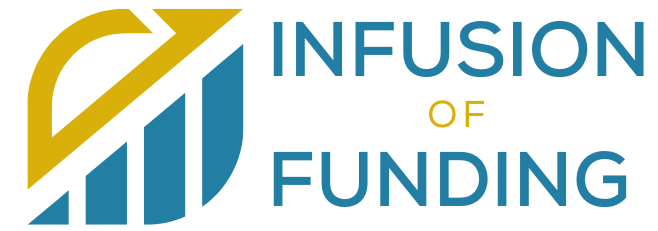Purpose of the Guide
Starting and growing a small business can be one of the most rewarding endeavors, but it often requires significant financial resources. This guide is designed to provide small business owners with the knowledge and tools necessary to secure loans from banks. Whether you are starting a new business, expanding an existing one, or simply need to manage cash flow, understanding the loan process is crucial.
Importance of Small Business Loans
Small business loans are a vital component of economic growth. They enable entrepreneurs to invest in new equipment, hire additional staff, and expand their operations. Access to capital can help small businesses compete with larger companies, innovate within their industries, and contribute to job creation and community development. According to the Small Business Administration (SBA), small businesses employ nearly half of the private workforce in the United States, highlighting their significant impact on the economy.
Overview of Loan Types
Navigating the landscape of small business loans can be overwhelming due to the variety of options available. Understanding the different types of loans is the first step in determining which one best suits your business needs. Here is a brief overview of the most common types:
- Term Loans
- These are traditional loans provided by banks where you receive a lump sum of money upfront and repay it over a set period with interest. Term loans are often used for long-term investments such as purchasing equipment or real estate.
- SBA Loans
- Backed by the Small Business Administration, SBA loans offer favorable terms and lower interest rates but require more documentation and a longer approval process. They are ideal for businesses that meet the SBA’s eligibility requirements.
- Lines of Credit
- A line of credit provides flexible access to funds up to a certain limit, allowing you to draw money as needed and pay interest only on the amount used. This is useful for managing cash flow fluctuations and short-term needs.
- Equipment Financing
- This type of loan is specifically designed for purchasing equipment. The equipment itself often serves as collateral for the loan, making it easier to secure financing.
- Invoice Financing
- Invoice financing allows businesses to borrow money against their outstanding invoices. This can help improve cash flow and manage expenses while waiting for customers to pay.
- Merchant Cash Advances
- A merchant cash advance provides a lump sum payment in exchange for a percentage of future sales. While easier to obtain, they typically come with higher costs and shorter repayment terms.
How to Use This Guide
This guide is structured to walk you through the entire process of securing a small business loan, from preparation to post-approval management. Each section provides detailed information, practical tips, and resources to help you make informed decisions and improve your chances of obtaining the financing you need. Here’s a quick look at what you’ll find:
- Understanding Small Business Loans: Detailed explanations of different loan types, their pros and cons, and how to choose the right one for your business.
- Preparing to Apply for a Loan: Steps to assess your financial needs, prepare essential documentation, and improve your creditworthiness.
- Finding the Right Lender: Insights into various lending options, including traditional banks, credit unions, and online lenders.
- The Loan Application Process: A step-by-step guide to the application process, including tips for success and common mistakes to avoid.
- Evaluating Your Loan Offer: How to understand loan terms, interest rates, and repayment schedules to make the best decision for your business.
- After the Loan Approval: Managing your loan funds effectively, setting up a repayment plan, and maintaining good financial practices.
- Dealing with Loan Rejection: Understanding reasons for rejection and exploring alternative funding options.
- Case Studies and Success Stories: Real-life examples to inspire and guide you.
- Resources and Tools: Helpful tools, calculators, and additional reading materials to support your journey.
By the end of this guide, you will have a thorough understanding of the small business loan process and be well-equipped to secure the funding you need to achieve your business goals. Let’s get started on your path to financial empowerment and business success.

